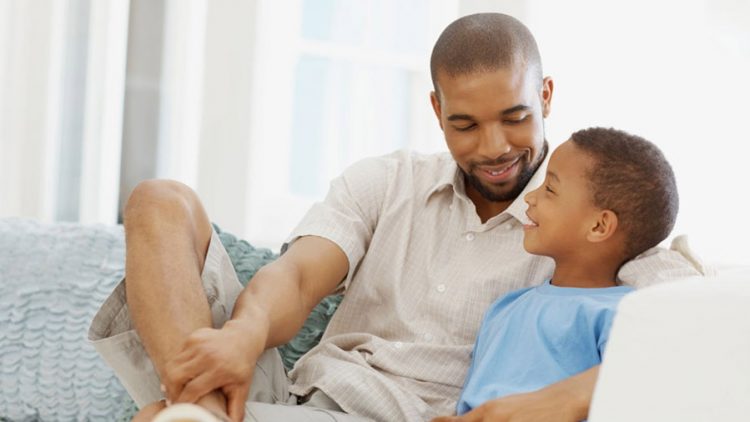As shutdowns continue, reopening rollbacks, Coronavirus numbers rising and falling, adults across the world are experiencing record levels of stress. Well, you are not alone. As the pandemic continues, children are also suffering from stress and confusion, more so than not.
Stress in younger children can manifest in regression behaviors from earlier in childhood such as wetting the bed, sucking thumbs, etc. While older children can become moody, or even angry. In an interview with NPR, Mary Alvord, who is a child psychologist, says that anxiety can also cause stomach aches and headaches. She also states that parents should look out for behavior changes that affect day-to-day functioning, including things such as: eating, sleeping and interactions with friends.
If any changes in behavior are noticed, parents should consult their physician to discuss further immediately. Otherwise, here are a three top tips that might help you help kids cope with what is going on that you can do at home.
1. Model calm
Remember, your children, no matter how old they are, will model behaviors by watching you as a parent. If you are calm, they will be.
“They don’t always understand what’s going on, but they can feel the tension.” Alvord says. “It might mean you go into the bathroom and lock the door for 10 minutes if you need to just kind of chill out and have your own space. It may mean you go for a fast walk to reduce any tension that you have.” But, make sure to model calm and if you do, your children will echo the sentiment as well.
2. Focus on what’s working
Focusing on what is working and not on what is not is a big way to promote calm in the midst of the storm for not only you but for your child as well. By trying to come up with solutions together, children are a part of the process and feel invested in helping everyone move forward.
3. Create soothing safe spaces
Creating soothing safe spaces gives kids a place to go, just for them, when they need to relax and de-stress. It could be a cozy corner nook in their room, a makeshift fort in the living room, or it could be an outdoor haven in the backyard. Wherever it is, it should be a space that they know is all theirs and they are safe. Alvord agrees that a safe space is a healhty option for kids and says that, “Kids have always liked being in their treehouses, their own little area where they can put their things,” and feel safe.
Do you have some tips to add that have worked for you in your household? Sound-off, and let us know. We want to hear from you and how you are helping your household cope in the midst of the pandemic.







